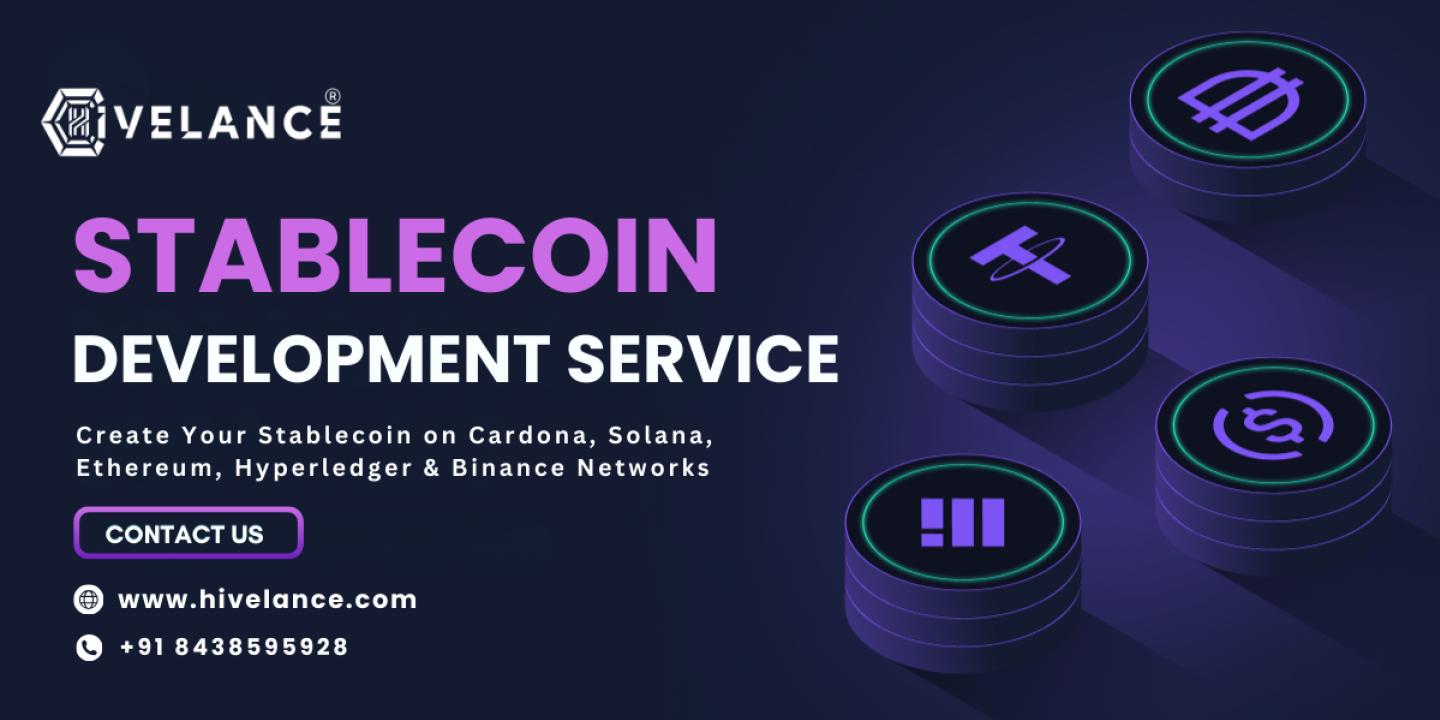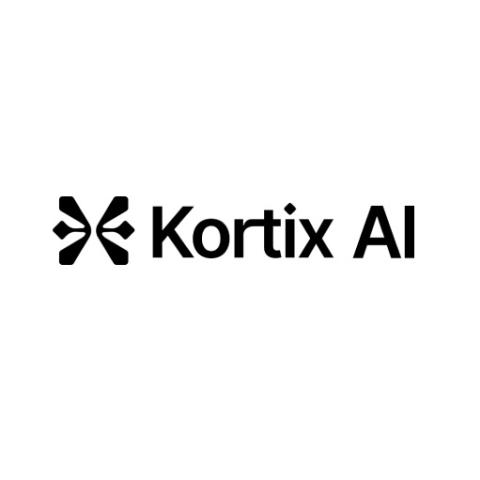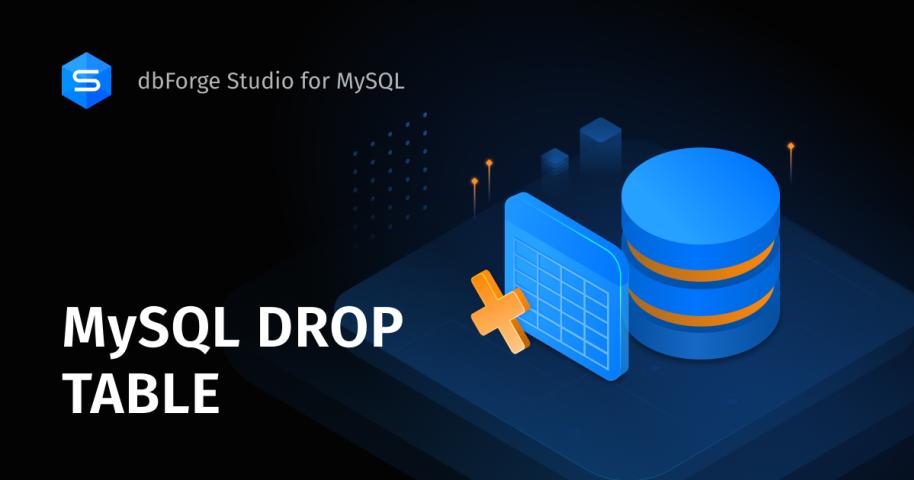What is Stablecoins?
Stablecoins are a type of cryptocurrency that are designed
to maintain a stable value, typically pegged to a fiat currency like the US
dollar or the Euro. Unlike traditional cryptocurrencies like Bitcoin or
Ethereum, which can experience significant price volatility, stablecoins aim to
provide a more stable and predictable store of value. This makes them useful
for a variety of applications, such as facilitating transactions, serving as a
hedge against market fluctuations, and providing a reliable means of storing
and transferring value.
What is Stablecoin Development?
Stablecoin development refers to the process of creating and
launching a new stablecoin. This involves a range of technical and
non-technical tasks, including:
Defining the Stablecoin's Characteristics:
Determining the stablecoin's pegging mechanism, reserve assets, and other key
features.
Blockchain Selection: Choosing the appropriate
blockchain platform to build the stablecoin on, such as Cardano, Solana,
Ethereum, or Binance.
Smart Contract Development: Designing and deploying
the smart contracts that will govern the stablecoin's functionality.
Regulatory Compliance: Ensuring the stablecoin
complies with relevant financial regulations and laws.
Liquidity Management: Implementing mechanisms to
maintain the stablecoin's price stability and liquidity.
User Interface and Integration: Developing the
user-facing components and integrating the stablecoin with existing financial
systems.
Benefits of Building a Stablecoin
Developing a stablecoin can offer a range of benefits,
including:
Price Stability: Stablecoins provide a more stable
and predictable store of value compared to volatile cryptocurrencies.
Increased Adoption: Stablecoins can facilitate
broader adoption of cryptocurrency by providing a familiar and reliable medium
of exchange.
Improved Liquidity: Stablecoins can enhance the
overall liquidity of the cryptocurrency market, making it easier for users to
move in and out of positions.
Financial Inclusion: Stablecoins can extend financial
services to underbanked and unbanked populations, promoting greater financial
inclusion.
Reduced Volatility Risks: Stablecoins can help
mitigate the risks associated with the price volatility of traditional
cryptocurrencies.
Choosing the Right Blockchain Platform for Stablecoin
Development:
When developing a stablecoin, it's essential to select the
appropriate blockchain platform that aligns with your project's requirements
and goals. Here's a brief overview of some popular blockchain platforms for
stablecoin development:
Cardano:
Cardano is a decentralized blockchain platform that offers a
range of features and capabilities for stablecoin development, including:
·
Scalability and high transaction throughput
·
Robust security and formal verification
·
Interoperability with other blockchain networks
·
Decentralized governance and community-driven
development
Solana:
Solana is a high-performance blockchain platform that is
well-suited for stablecoin development due to its:
·
Extremely fast transaction processing speeds
·
Low transaction fees
·
Scalability and ability to handle large
transaction volumes
·
Decentralized and open-source nature
Ethereum
Ethereum is the second-largest cryptocurrency network and a
popular choice for stablecoin development, offering:
·
Mature and well-established smart contract
capabilities
·
Large and active developer community
·
Wide range of existing stablecoin projects and
tools
·
Potential for interoperability with other
Ethereum-based applications
Binance:
Binance, the leading cryptocurrency exchange, has its own
blockchain platform, Binance Smart Chain, which is gaining traction for
stablecoin development due to:
·
High transaction speed and low fees
·
Compatibility with the Ethereum Virtual Machine
(EVM)
·
Integration with the Binance ecosystem and
exchange
·
Robust security and decentralized governance
Stablecoin Development Process
At Hivelance, our stablecoin development process follows a
comprehensive and structured approach to ensure the successful creation and
launch of your stablecoin. The key steps in our stablecoin development process
include:
Requirement Gathering: We work closely with you to
understand your business goals, target market, and technical requirements for
the stablecoin.
Blockchain Selection: Based on your requirements, we
analyze the pros and cons of various blockchain platforms and recommend the
most suitable one for your project.
Smart Contract Development: Our experienced
blockchain developers design and implement the smart contracts that will govern
the stablecoin's functionality.
Liquidity Management: We implement mechanisms to
maintain the stablecoin's price stability and ensure adequate liquidity in the
market.
Regulatory Compliance: We ensure that your stablecoin
complies with all relevant financial regulations and legal requirements.
User Interface and Integration: We develop the
user-facing components and integrate the stablecoin with existing financial
systems and platforms.
Testing and Deployment: We thoroughly test the
stablecoin in a controlled environment before deploying it to the mainnet.
Ongoing Support and Maintenance: We provide ongoing
support and maintenance to ensure the smooth operation and continuous
improvement of your stablecoin.
Features and Functionalities of Stablecoins:
When developing a stablecoin, it's important to consider the
key features and functionalities that will make it a valuable and competitive
offering in the market. Some of the essential features and functionalities of
stablecoins include:
Price Stability Mechanism: The stablecoin's primary
feature is its ability to maintain a stable price, typically pegged to a fiat
currency or a basket of assets.
Collateralization: Stablecoins are often backed by a
reserve of assets, such as fiat currencies or other cryptocurrencies, to ensure
their price stability.
Transparency and Auditing: Stablecoins should provide
transparent and regularly audited information about their reserve assets and
collateralization levels.
Scalability and Efficiency: The stablecoin's
underlying blockchain platform should be capable of handling high transaction
volumes and low fees.
Regulatory Compliance: Stablecoins must adhere to
relevant financial regulations and laws to ensure their legitimacy and
acceptance in the market.
Benefits of Stablecoin Development:
Developing a stablecoin can offer a range of benefits for
both businesses and users, including:
Reduced Volatility Risks: Stablecoins provide a more
stable and predictable store of value, which can help mitigate the risks
associated with the price volatility of traditional cryptocurrencies.
Improved Liquidity: Stablecoins can enhance the
overall liquidity of the cryptocurrency market, making it easier for users to
move in and out of positions.
Increased Adoption: Stablecoins can facilitate
broader adoption of cryptocurrency by providing a familiar and reliable medium
of exchange.
Financial Inclusion: Stablecoins can extend financial
services to underbanked and unbanked populations, promoting greater financial
inclusion.
New Revenue Streams: Businesses can generate revenue
by offering stablecoin-based services, such as remittances, lending, and
payments.
Why Hivelance is the Best Place to Develop Your
Stablecoin?
At Hivelance, we have a dedicated team of blockchain experts
who specialize in stablecoin development. We are committed to providing our
clients with the highest quality stablecoin development services, ensuring that
your project is a success. Our team of blockchain developers has extensive
experience in building stablecoins on a variety of blockchain platforms,
including Cardano, Solana, Ethereum, and Binance. We provide ongoing support
and maintenance to ensure the smooth operation and continuous improvement of
your stablecoin.

















